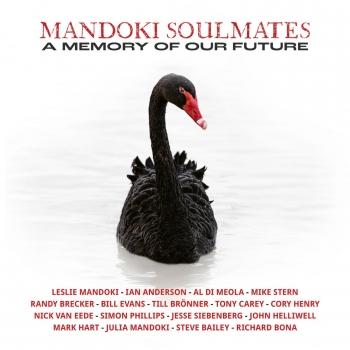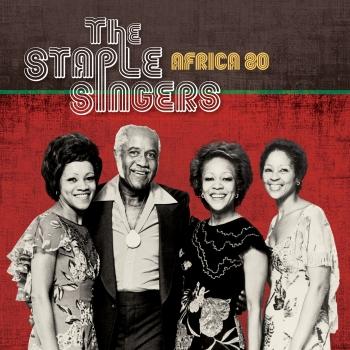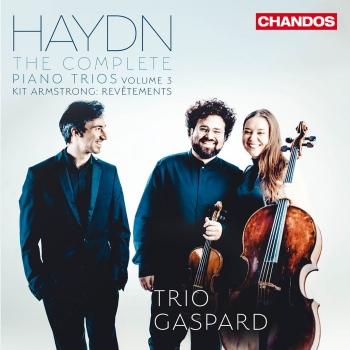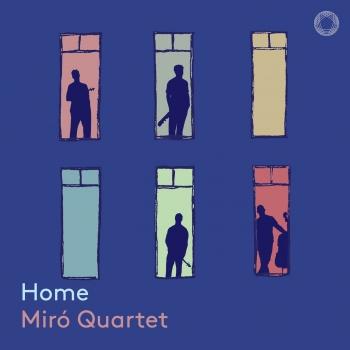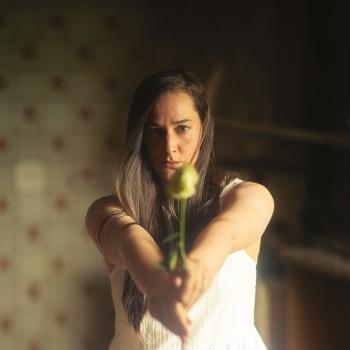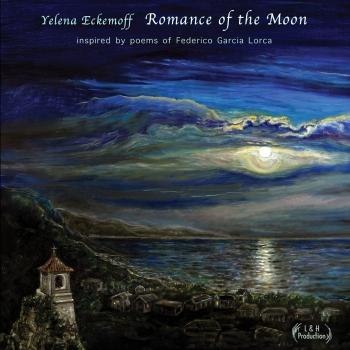Heinz Sauer & Michael Wollny
Biography Heinz Sauer & Michael Wollny
 Heinz Sauer - Saxophone
Heinz Sauer - Saxophone
"Neither an old standard nor a legend" was the title of a recent interview with Heinz Sauer. A headline that almost demands contradiction: After all, the Frankfurt tenor saxophonist, who the FAZ calls a "Giant", will be celebrating his 80th birthday on 25 December. But withdraw to the portrait gallery as a "legend"? Inconceivable. And an old standard? Not someone whose saxophone playing Ulrich Olshausen once fittingly compared to a volcanic eruption.
No, Heinz Sauer is a giant, a "grand master of the saxophone" (DIE ZEIT), "the indomitable final instance in German jazz" (Hans Jürgen Schaal) – and still one of the most creative musicians in the European jazz scene. Week for week he is in the studio with the hr Jazz Ensemble, which he has been a part of for half a century now. On the stage he regularly looks for a change: either together with Michael Wollny or with his old friend Bob Degen – and in ever new projects such as in the Berliner Quartet with his saxophone colleague Daniel Erdmann.
He has repeatedly won awards as an improviser and composer who unites the respect for jazz tradition with an undeniably contemporary autonomy. For example, in 1991 he won the Jazz Award of the state of Hesse, in 1999 the "Albert Mangelsdorff Award" during the Berlin Jazzfest. For his duo with Michael Wollny he received the SWR Jazz Award in 2008 and in 2011 the Echo Jazz as Best Saxophonist.
He has long been one of the assets in the heart of German jazz. He first drew attention to himself in the jazz scene in 1956, when he won first prize at the German Amateur Jazz Festival. As a school pupil in post-war Germany he had heard jazz on the radio – that different music with so much promise. But not until he went to university (physics and mathematics in Darmstadt) did he get himself an instrument and undergo the transition from enthusiastic jazz fan to practicing autodidact. He would drive out into the fields outside Frankfurt to practice, soon after jamming in the jazz dives and basements, sometimes with the "Americans".
When the saxophone spot in the Albert Mangelsdorff Quintet became free in 1960, it was Heinz Sauer that the Frankfurt trombonist and famed German jazz man asked to fill it. He leapt at the opportunity and became a member of Mangelsdorff's band, which was to be a driving force of European jazz, touring through Asia, the US, Canada, South America, the Orient and Northern Africa and making five records before disbanding in 1978. In it, Sauer presented his own compositions and matured as an improviser to become a congenial counterweight to the trombonist, also in the hr Jazz Ensemble, until Mangelsdorff's passing in 2005.
It didn't take long for the smoky and yet so energetic sound of Sauer's saxophone to become one of the distinctive ones in contemporary jazz. He of course toured internationally from 1968 with the "German All Stars" and was on the festival stages in Donaueschingen and Berlin from 1967 - ´70 with the Globe Unity Orchestra led by Alexander von Schlippenbach. In 1974 he founded the band "Voices" together with Bob Degen, Ralf Hübner, Günter Lenz and Günter Kronberg (then after his death in 1977, with Christof Lauer), and was in the focal point of a tenor saxophone summit at the German Jazz Festival in Frankfurt in 1978 – with George Adams and Archie Shepp.
After that, Sauer recorded the album "Sound Suggestions" (ECM) – with the sidemen Kenny Wheeler, Dave Holland and Jack DeJohnette. In 1980 he met Bennie Wallace – again at the Frankfurt Jazz Festival. Sauer, who had already earned himself a dedicated European following, then came onto the international radar as well. Konrad Heidkamp wrote in Die Zeit: "If Heinz Sauer lived in New York, he would be standing atop the jazz Olymp of saxophonists."
But he stayed in Germany and engaged himself with the US jazz tradition in a duo with the Boston pianist Bob Degen. In 1981 their album "Ellingtonia Revisited" (MPS) won the Annual Award of the German Record Critics and from then on they formed the foundation of a wide variety of groups: Degen didn't only play in the hr Jazz Ensemble, but also in the Heinz Sauer Quartet and in a trio with bassist Stephan Schmolck.
At the same time Heinz Sauer worked on numerous projects, for example with Hans Lüdemann, Stefan Lottermann, Steve Argüelles, John Schröder and Christopher Dell. At the start of the 90s he developed the "Parcours Bleu à Deux" with the saxophonist and multimedia artist Alfred 23 Harth and combined the sound of his quintet with synthesizer sounds in a concert in the Alte Oper. He also shone as a soloist with the NDR Big Band ("Ellingtonia" ACT 9233-2, together with Tomas Stańko, Slide Hampton, etc.).
Sauer’s first love is of collaborations in small and very small crews of kindred spirits. When his duo partner of many years Bob Degen returned to the USA in 1999, the trio broke up, however destiny was kind to the picky individualist Sauer. In the hr Jazz Ensemble, where Degen also left a big hole behind him, Sauer met the young pianist Michael Wollny, at that time still a student at the Würzburg academy of music. In the programme around a reading in the Literaturhaus Darmstadt, the two appeared for the first time in public as a duo. The stage offered just enough space for two, and they didn't have time to discuss what they would play, so they had to improvise. The evening was a huge success and the "dream couple of today's German jazz" (as Fono Forum was to write of them) was born. What followed was inevitable: In early 2005 "Melancholia" (ACT 9433-2) came out – the first album of the Sauer-Wollny duo. Both contributed the same number of compositions to the record, alternating with joint improvisations and standards by Monk and Holiday. The title track was from Ellington.
With its clean expressiveness devoid of anything superfluous, the collaboration of this cross-generation duo hit right in the bulls eye. DIE ZEIT gushed: "Jazz comes back to life here" and Die WELT am Sonntag put the album "among the best that German jazz has to offer". Just one year later they presented a further dimension of their work together: alongside more classics from the Great American Songbook – from Monk and Gil Evans to Gershwin and Billy Strayhorn the two improvisers also used melodies from Björk, Prince and the Esbjörn Svensson Trio as the starting points for their dialogues on "Certain Beauty" (ACT 9442-2). In France the well-known Jazzman magazine voted the album CD of the Year 2006, awarding it the CHOC.
At the end of 2007 Heinz Sauer celebrated his 75th birthday, and the state radio broadcaster Hessischer Rundfunk dedicated a six-hour "Long Night of Jazz" to his oeuvre (which was only enough time to scratch the surface of it) – and on the day, the album "The Journey" (ACT 9461-2) presented a cross-section of 15 tracks of Sauer's "world-class jazz from Germany" (SPIEGEL), from earlier recordings with the Mangelsdorff Quintet to the work with the NDR Big Band, hr Jazz Ensemble, the Heinz Sauer Trio and the duos with Bob Degen and Michael Wollny. The Jazzpodium said, despite this: "Heinz Sauer is still undervalued, if now in a happily less major way now."
In view of Sauer's magnitude, this remained inevitable – also when "If (Blue) Then (Blue)" (ACT 9493-2) came out in January 2010, that shows Heinz Sauer alternately in duos with the pianists Michael Wollny and Joachim Kühn. "Quite simply a masterful performance!" said the magazine Stereoplay, and the FAZ summarised: "Heinz Sauer's playing is of incomparable density, wisdom, vitality, beauty and unpredictability. The still young jazz year has its first masterpiece." The series of songs of praise went on: The album won the Award of the German Record Critics, the Echo Jazz (Best German Saxophonist) and the CHOC Award from Jazzman / Jazz Magazine in France.
Right on time for his 80th birthday, "Don't Explain" (ACT 9549-2) is now coming out. It is the fourth album from the Heinz Sauer/Michael Wollny duo – recorded live in Darmstadt, where the collaboration began 10 years ago. On 9 September they started the "Live! - Jazz in der Stadtkirche" series under the moniker ‘Open’, as Sauer explains "Open for the space, for the audience, the atmosphere and the vibes that reach us during the concert. A musical tightrope act without a net,".
Five years ago, Heinz Sauer said he felt "neither old nor a master". And that still applies. At the core of it he is still just a young musician, still on his journey.
Michael Wollny - Piano
Since Michael Wollny released his ACT debut album “call it [em]” in January 2005, the critics have been raving about the young pianist: “Young enough to not have to drag around the burden of jazz history with him and alert enough to re-discover something old everyday,” wrote the Zeit newspaper. Eleven albums later and Wollny is today regarded as “Germany’s greatest (jazz) musician personality since Albert Mangelsdorff” (Hamburger Abendblatt). Wollny, born in 1978 in Schweinfurt, currently residing in Frankfurt / Main began improvising when he was only 5 years-old when he had his first piano and violin lessons which also included classical music studies. He finally discovered jazz when he heard Keith Jarrett’s “Köln Concert” and went to Würzburg to study with Chris Beier. In 2007 Michael Wollny proved that he is one of the most notable international pianists with his solo album “Hexentanz” which was named CD of the year in France. In 2009, together with German piano legend Joachim Kühn, he was responsible for one of the finest hours of piano music, full of intensity (“Live at Schloss Elmau”). With saxophonist Heinz Sauer, Wollny recorded two duo albums, also award-winning: “Certain Beauty” and “Melancholia”. With his 2009 album “Wunderkammer“ which featured a celesta, harmonium, Fender Rhodes and concert grand as the sound spectrum, Wollny proved that he is not only a pianist who is good for creating surprises but also someone who is always keen to redefine his music both soundwise as well as compositionally. Together with the Israeli harpsichordist Tamar Halperin, Wollny searched for the unheard of and, in 2010, he won the ECHO Jazz award as “Best Pianist National”. In the autumn of the same year, he released the fourth album of his trio “[em] Live at JazzBaltica“ with Eva Kruse and Eric Schaefer. Great Britain’s renowned critic Stuart Nicholson called the recording, “probably the best jazz album of the past 25 years” (Jazzwise) whilst in Germany the trio was named the best German ensemble (ECHO Jazz 2011). Wollny’s most recent album with his trio [em] is called “Wasted & Wanted“. The recording unites for the first time all aspects of his complex personality as a musician – from intricate and complex arrangements and the pianist expression of “Hexentanz” to the mystic-magical mood of “Wunderkammer” and rock influences. Powerful, modern, emotional, intelligent, virtuoso, energetic, open in all directions yet, at the same time, fully independent – Wollny offers a convincing answer to the question regarding the future of German jazz.

